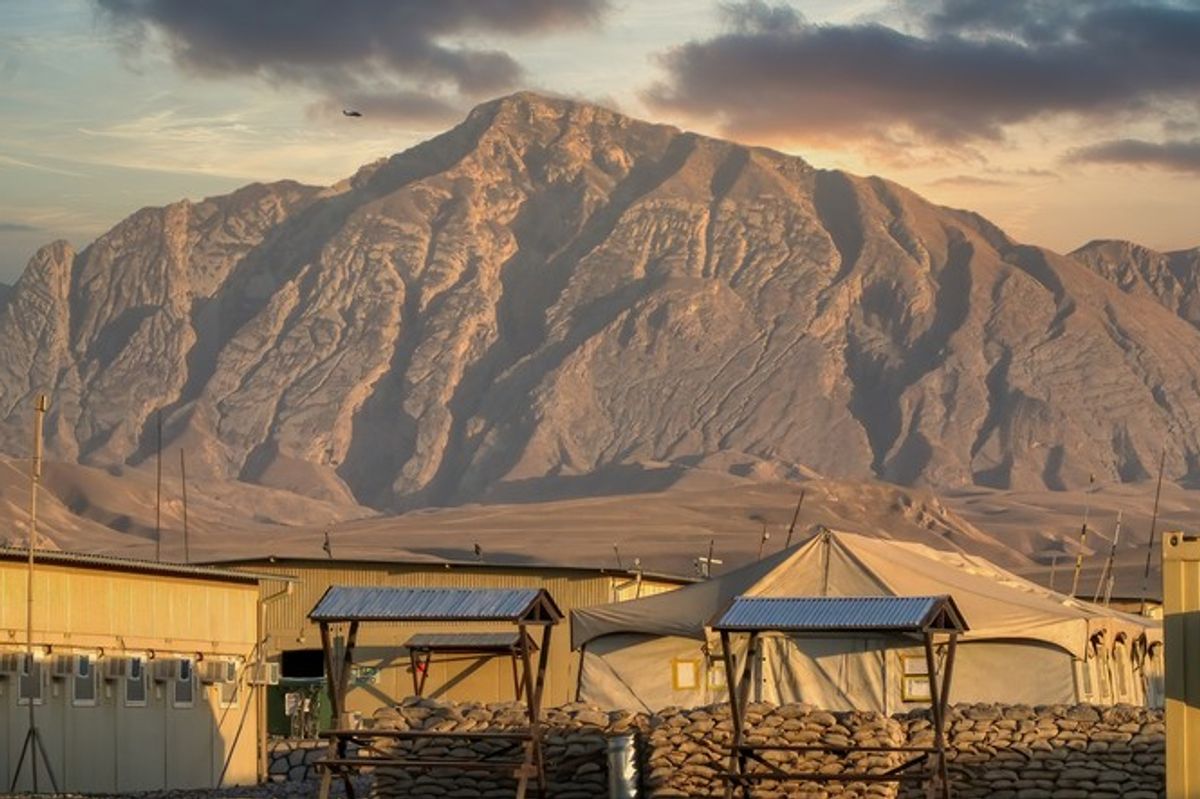In an announcement that caught many by surprise, Indian Prime Minister Narendra Modi said the government would discontinue its two largest currency denominations in an effort to battle corruption, unreported income, and even terrorism. The move is indicative of a leadership style Indians have come to expect: taking bold and transformative, even if risky or unpopular, policy stances that drive at the heart of India’s core issues. As the leader of the world’s largest democracy, Modi needs such risk-tolerant and transformative measures to deliver on the promises he has made to India’s growing, aspirational electorate.
Modi’s rise to the top began as an outsider. The son of a tea seller, he became interested in politics at an early age, joining Rashtriya Swayamsevak Sangh (RSS) a Hindu nationalist paramilitary volunteer organization. Later he joined the fledgling Bharatiya Janata Party (BJP), a political party offshoot of the RSS. In 2001, he became the Chief Minister of the Indian State of Gujarat, where he would develop the leadership style and policy patterns that would carry into his role as Prime Minister.
However, Modi’s time as Chief Minister was marred by events in his first term. In 2002, 59 Hindus were killed by Muslims on a train traveling through Gujarat. The resulting Hindu led reprisals killed over 1,000 people. The depth of Modi’s involvement in inciting the violence is unknown. A formal investigation proved to be inconclusive due to the loss or intentional destruction of evidence.
Following this inauspicious start, Modi’s term as Chief Minister of Gujarat lasting from 2001 to 2014, was marked by phenomenal economic growth, and the lack of subsequent scandals; it helped make Modi an enticing candidate for Prime Minister. The “Gujurat Model,” as it came to be known, emphasized improving ease of business and trade. Under Modi’s leadership, the state averaged 10 percent economic growth per year and was the source of 22 percent of the country’s exports. This success formed the basis for Modi’s national economic plan, “Modinomics.”
But while the figures are impressive at first glance, Gujarat’s record of reducing poverty was less glowing, leading many to question whether the model exacerbates income inequality.
In the election for prime minister, Modi’s clean reputation put him in stark contrast to the corruption charges levied against the incumbent India National Congress Party. The combination of economic results and an image of incorruptibility resulted in a landslide victory for the BJP. Now at the helm, Modi has endeavored to use the Gujarat model at the national level and raise India’s global economic and strategic standing using the hardnosed, high-risk/high-reward policy measures that have brought him this far.
In order to maintain India’s GDP growth rate of more than 7.5 percent, Modi has attempted to expand the Gujarat model across the country. By creating a welcoming environment for business, Modi seeks to attract foreign investment to build up capital and infrastructure. The most attractive portion of this program to foreign investors is the “Make in India” program that calls on foreign companies to build factories and produce goods in India. Ideally, this will provide high-end manufacturing jobs that will provide skills-based jobs for India’s growing, highly educated workforce, and from there, increase India’s ability to build up its own domestic industries.
“Make in India” also has a strategic component. Derek Scissors, a resident scholar at the American Enterprise Institute told The Cipher Brief that, “Ultimately, India still wants a self-sufficient defense industry. Rather than blocking foreign commercial participation to protect Indian defense companies, it is moving to welcome firms that help upgrade India’s own defense manufacturing.”
Just as Modi intends to grow the economy, he intends to expand India’s regional and global influence. While he has shifted away from India’s longstanding foreign policy of nonalignment, his moves to strengthen diplomatic ties and military partnerships with regional players, such as the U.S., Japan, Vietnam, and Australia, not only signals a desire to be more involved, but also to shift India closer to Western powers.
Meanwhile, India’s relationship with China has been peaceful and marked by economic and geostrategic competition rather than conflict. It’s relationship with Pakistan, however, has grown increasingly kinetic. This is in part a direct result of Modi’s vow to take a stronger line against Pakistan than the previous government, and in light of recent border skirmishes in Kashmir, he appears to be making good on this promise.
Tanvi Madan, Director of the India Project at the Brookings Institute, told The Cipher Brief that, “[India] has also been calling out Pakistan much more publicly and frequently. And, it has been reaching out to various countries—neighboring countries and major powers—to condemn terrorist attacks against India…” In effect Modi seeks to confront Pakistan with force when necessary, and in the long term, isolate it from the international community for its role in harboring terrorists. Given that the two countries are both nuclear armed and have gone to war several times before, this could be the riskiest policy of all.
Modi was elected by promising to deliver growth and opportunity for India’s people. In a nation as dynamic and multifaceted as India, his hard charging approach could either be a rallying force that fulfills the aspirations of millions - or add to the chaos.
Will Edwards is an international producer at The Cipher Brief. Follow him on Twitter @_wedwards.










